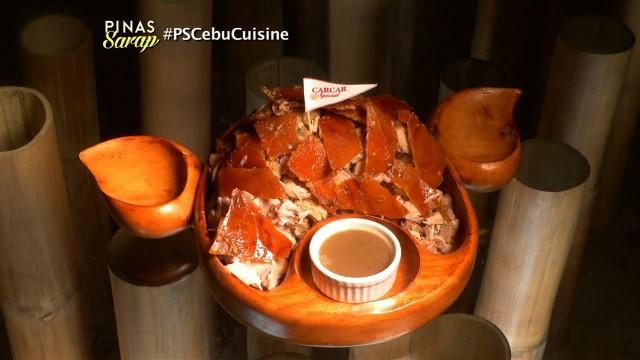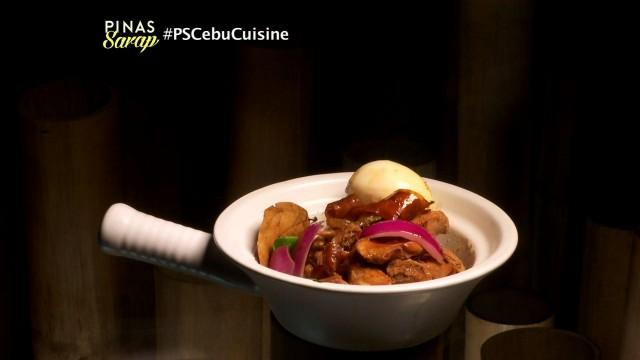A brief history of the yummy Cebu lechon
Often, when Cebu is mentioned, lechon is one of the first things — if not the first thing — that come to mind. It’s not surprising: crunchy skin, tender meat, delicious flavors that don't need sauce. Cebu lechon to die for.
It is believed that the first lechoneros of Cebu were from Talisay City. In the 1920s, they started creating this delicious pork dish and called it inasal. “The root word there is asal,” historian Louella Alix tells Kara David on Pina Sarap. “Asal is sugba, sugba and asal are the same; it’s like cooking over live coal.”
Cebuanos use the word ‘asal’ when they grill something whole, so when they cook an entire chicken over live coal, it’s manok inasal. When it’s been cut into pieces, it’s called sinugbang manok.
The crème dela crème of all inasals, of course, is lechon.

The Garces family — owners of Ruthy’s Lechon — claims that the first lechon recipe of Talisay is from their matriarch, Mila Candeja Garces. The recipe remains a top secret but, typical of Cebu lechon, sauces are not necessary to make the pig delectable.
In the 1930s, the idea of the lechon belly was born after the lechonero family behind Johnna’s Liempo Haus in Balamban, Cebu noticed the belly of the pig is always the first to go.
“Ang pinakamasarap sa liempo, 'yong belly. Pareho lang naman ang timpla sa buong liempo, pero nag-try lang ako sa belly,” shares Bobet Mapa, the owner of Johnna’s Liempo Haus.
So popular is the lechon belly concept that apart from having many competitors, Johnna’s Liempo Haus sells around 200 liempos a day.
The belly, really, is where it’s at. “We claim na pinakamasarap [ang Cebu lechon] kasi ang dami naming nilalagay na pampabango sa tiyan," continues Alix.
Cebuanos put all the herbs right in the belly, "so when you open the belly, lalabas 'yon lahat."
The pig is slow roasted for five hours over coal, “so all that has time to seep through the meat. Kaya wala kaming sawsawan.”

But the city of Carcar defies all this. Lechon from Carcar actually uses sauce — which is the drippings of the pig. “While we’re roasting the pig, may catch basin sa ilalim, para yung tumutulo na katas niya gagamitin natin pang sarsa,” says Roland de Moral of House of Lechon, an eatery that specializes in Carcar lechon.
From there, an explosion of lechon varieties has taken place. There's lechong paksiw, which is still different from how other regions know lechong paksiw. In Cebu, it's more salty than sour, with a barely-there liver sauce.
There's lechon sisig, pritchon, and another fabulous lechon variety from Carcar: Humba lechon. It incorporates three different cuisines all at once: Spanish, where lechon comes from, Chinese where Humba is derived, and Filipino.
The dish begins humbly — it starts with sautéeing garlic and onions, to which Carcar's delectable lechon meat is added.
Chef Jay Gunner Baclayon, head cook at House of Lechon, then adds pepper corn, star anise, oyster sauce, water, sugar, spring onions, chicken powder, and seasoning — plus a boiled egg as the last ingredient.
This results in a dish with same aromatic, savory humba taste but with a distinct flavor of its own plus the added benefit of the tender meat of lechon! — LA / AT, GMA News
RELATED: 7 delicious dishes to try on your next roadtrip to Albay



